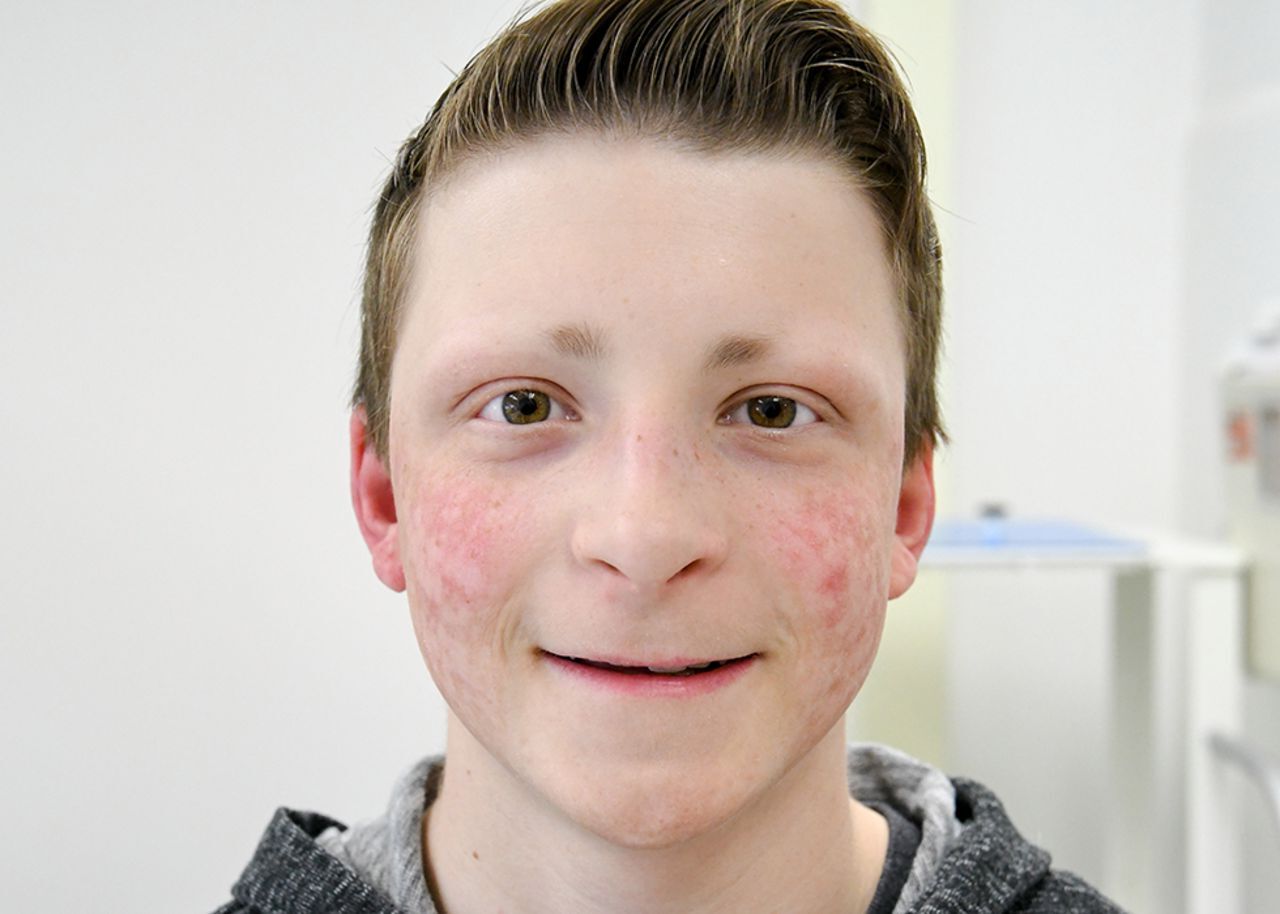
Rapadilino Syndrome is a rare genetic disorder that affects multiple parts of the body. Named after its main symptoms—Radial ray defects, Patellae hypoplasia, limb abnormalities, and a distinctive facial appearance—this condition can be quite complex. Caused by mutations in the RECQL4 gene, it often leads to growth delays, skeletal abnormalities, and sometimes even an increased risk of certain cancers. Understanding this syndrome is crucial for early diagnosis and management. Symptoms can vary widely, making each case unique. From limb malformations to dental issues, the range of effects is broad. Early intervention and specialized care can significantly improve the quality of life for those affected. In this post, we'll explore 25 facts about Rapadilino Syndrome to help you better understand this rare condition.
Key Takeaways:
- Rapadilino Syndrome is a rare genetic disorder with physical abnormalities like bone underdevelopment and digestive issues. Early recognition and multidisciplinary care can improve quality of life.
- Treatment for Rapadilino Syndrome includes surgery, therapy, and specialized support to manage symptoms and improve mobility, speech, nutrition, and overall well-being. Regular monitoring and emotional support are crucial.
What is Rapadilino Syndrome?
Rapadilino Syndrome is a rare genetic disorder characterized by a variety of physical abnormalities. The name itself is an acronym derived from the main symptoms: RAdial hypoplasia/aplasia, PAtellar hypoplasia/aplasia, cleft or highly arched PAlate, DIarrhea, DIslocated joints, LIttle size, and NOse abnormalities. Understanding this condition can help in recognizing and managing it effectively.
-
Genetic Cause: Rapadilino Syndrome is caused by mutations in the RECQL4 gene. This gene is crucial for DNA repair and replication.
-
Inheritance Pattern: The syndrome follows an autosomal recessive inheritance pattern. Both parents must carry the mutated gene for a child to be affected.
-
Radial Hypoplasia/Aplasia: One of the hallmark features is the underdevelopment or absence of the radius bone in the forearm.
-
Patellar Hypoplasia/Aplasia: Affected individuals often have underdeveloped or missing kneecaps, leading to mobility issues.
-
Cleft Palate: Many with Rapadilino Syndrome have a cleft or highly arched palate, which can affect feeding and speech.
-
Diarrhea: Chronic diarrhea is a common symptom, often due to malabsorption issues in the intestines.
-
Dislocated Joints: Joint dislocations, particularly in the hips and knees, are frequent and can cause significant discomfort.
-
Short Stature: Individuals with this syndrome are typically shorter than average, often due to growth delays.
-
Nose Abnormalities: A distinctive nose shape, often described as beaked or prominent, is another characteristic feature.
Symptoms and Diagnosis
Recognizing the symptoms early can lead to a timely diagnosis and better management of the condition. Here are some key symptoms and diagnostic criteria.
-
Facial Features: Besides the nose abnormalities, other facial features may include a small jaw and prominent forehead.
-
Skin Abnormalities: Some individuals may have skin pigmentation issues, such as café-au-lait spots.
-
Dental Issues: Dental anomalies, including missing teeth or delayed tooth eruption, are common.
-
Bone Density: Reduced bone density can lead to an increased risk of fractures.
-
Hearing Loss: Some individuals may experience hearing loss due to structural abnormalities in the ear.
-
Eye Problems: Vision issues, such as cataracts or strabismus, may also be present.
-
Developmental Delays: Mild to moderate developmental delays can occur, affecting motor skills and cognitive development.
-
Genetic Testing: Diagnosis is confirmed through genetic testing, identifying mutations in the RECQL4 gene.
Treatment and Management
While there is no cure for Rapadilino Syndrome, various treatments can help manage the symptoms and improve quality of life.
-
Orthopedic Interventions: Surgery may be necessary to correct bone and joint abnormalities, improving mobility.
-
Speech Therapy: For those with cleft palate or speech delays, speech therapy can be beneficial.
-
Nutritional Support: Addressing malabsorption and chronic diarrhea often requires specialized dietary plans and supplements.
-
Regular Monitoring: Regular check-ups with a multidisciplinary team, including geneticists, orthopedists, and pediatricians, are crucial.
-
Physical Therapy: Physical therapy can help improve strength and mobility, particularly for those with joint issues.
-
Hearing Aids: For individuals with hearing loss, hearing aids or other auditory devices may be recommended.
-
Vision Care: Regular eye exams and appropriate corrective measures, such as glasses or surgery, can address vision problems.
-
Psychological Support: Counseling and support groups can help individuals and families cope with the emotional and psychological challenges of the syndrome.
Final Thoughts on Rapadilino Syndrome
Rapadilino Syndrome, though rare, holds significant importance in the medical community. Understanding its genetic basis helps in early diagnosis and better management. The RECQL4 gene mutation plays a crucial role in this condition, leading to various physical anomalies and growth issues. Awareness about this syndrome can aid in providing timely medical interventions and support for affected individuals and their families.
By spreading knowledge about Rapadilino Syndrome, we can foster a more inclusive society that recognizes and supports those with rare genetic conditions. If you or someone you know shows symptoms, consulting a genetic counselor or specialist can provide valuable insights and guidance. Remember, early detection and intervention can make a significant difference in managing this condition effectively. Stay informed, stay supportive, and let's work together to improve the lives of those affected by Rapadilino Syndrome.
Frequently Asked Questions
Was this page helpful?
Our commitment to delivering trustworthy and engaging content is at the heart of what we do. Each fact on our site is contributed by real users like you, bringing a wealth of diverse insights and information. To ensure the highest standards of accuracy and reliability, our dedicated editors meticulously review each submission. This process guarantees that the facts we share are not only fascinating but also credible. Trust in our commitment to quality and authenticity as you explore and learn with us.


